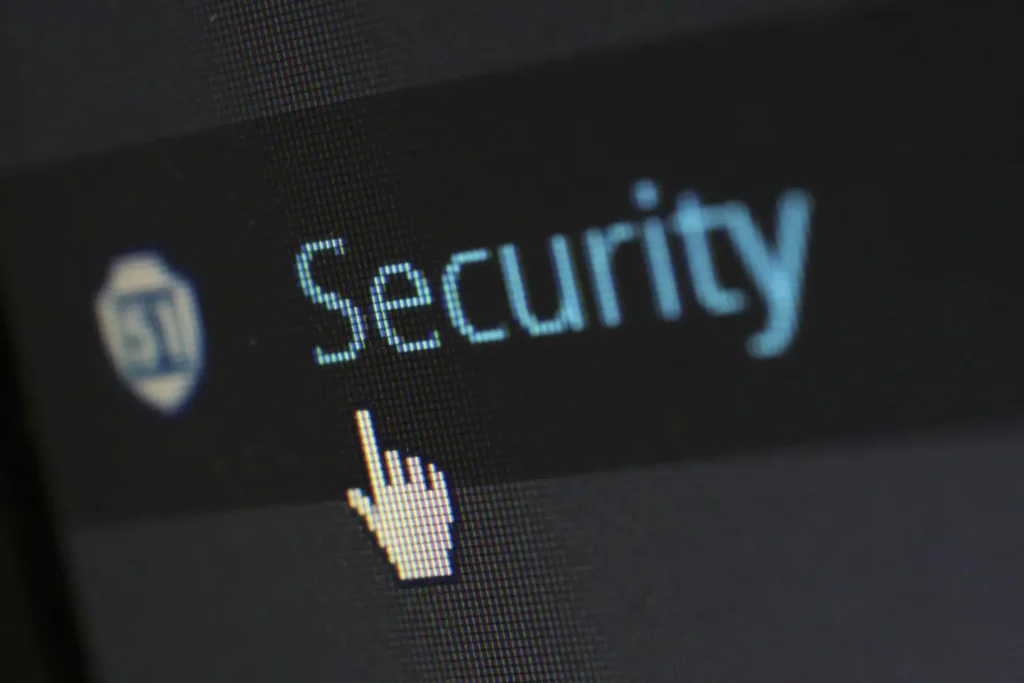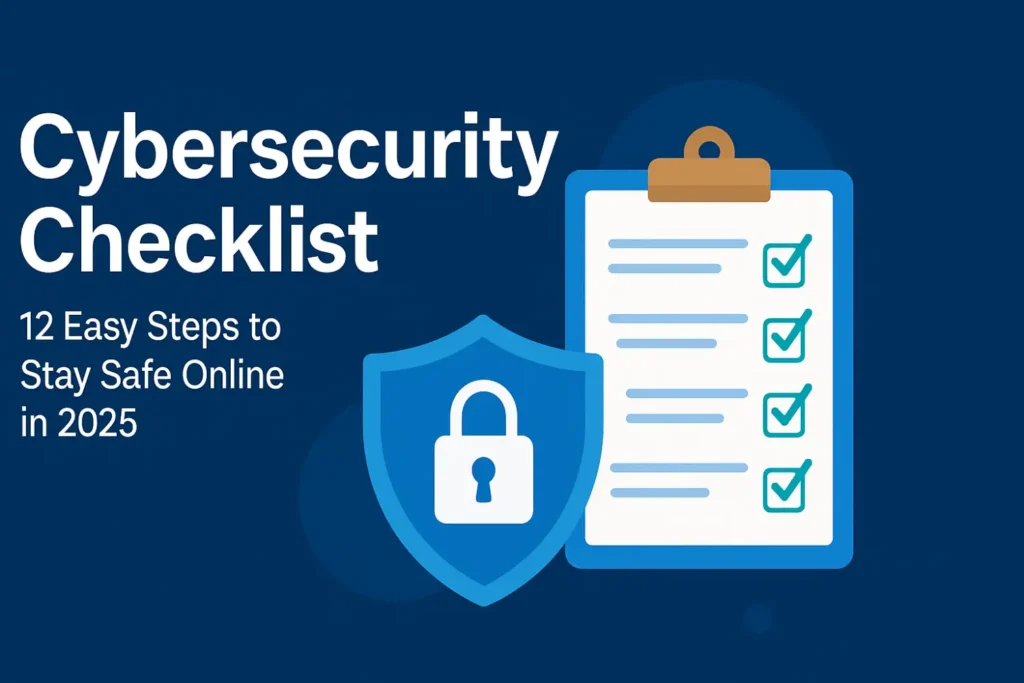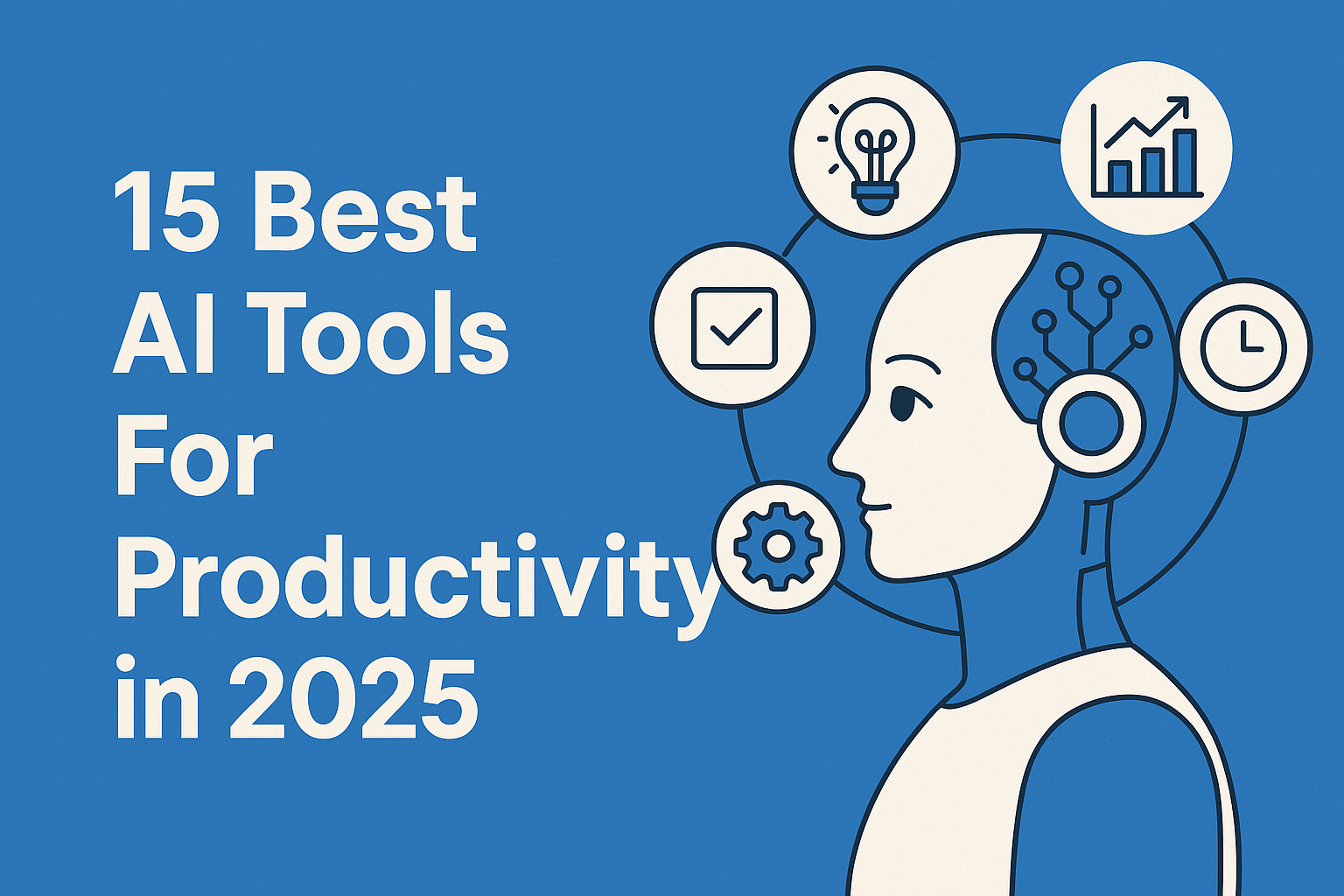Why You Need a Cybersecurity Checklist
Every day, millions of people go online. We shop, chat, work, and play. But the internet is not always safe. Hackers, scams, and malware are everywhere. Just one wrong click can lead to big problems.
This cybersecurity checklist will help you stay safe. You don’t need to be an expert. Just follow these simple steps to protect yourself, your family, and your devices.
1. Use Strong Passwords
Cybersecurity Checklist Create a different password for each account. Use at least 12 characters. Include numbers, capital letters, and symbols. Do not use your name or birthday.
Tip: Use a password manager like Bitwarden or LastPass to store your passwords.
2. Turn on Two-Factor Authentication (2FA)
2FA adds an extra lock to your accounts. Even if someone has your password, they can’t log in without the second step. Most apps offer 2FA. Turn it on in your account settings.

3. Keep Your Software Updated
Always update your computer, phone, and apps. Updates fix bugs and close security holes. Set your devices to update automatically.
4. Install Antivirus Software
Antivirus protects your device from viruses, spyware, and other harmful programs. Some good antivirus tools include Norton, Malwarebytes, and Kaspersky. Keep your antivirus updated, too.
5. Avoid Public Wi-Fi Without Protection
Public Wi-Fi is easy to hack. Don’t log in to banks or share private info on open networks. Use a VPN (Virtual Private Network) to keep your connection private.
6. Backup Your Data
If your device is hacked or lost, backups will save your important files. Use cloud services like Google Drive or iCloud. You can also use a USB or external hard drive.
7. Learn to Spot Phishing Emails
Phishing is when someone sends fake emails to trick you. These emails may ask for passwords or money.
Signs of phishing:
- Bad grammar
- Strange links
- Scary or urgent messages
- Unfamiliar senders
When in doubt, don’t click.
8. Lock Your Devices
Always lock your phone, laptop, and tablet with a PIN, password, or fingerprint. This keeps others out if you lose your device.
Set devices to lock automatically after a few minutes of no use.
9. Use Encrypted Messaging Apps
Apps like Signal and WhatsApp encrypt your chats. This means only you and the person you’re talking to can read the messages. Choose apps that respect your privacy.
10. Check Your Privacy Settings
Apps and websites often collect your personal data. Visit your settings and turn off data sharing, location tracking, and ad personalization. You don’t have to share everything.
11. Be Careful What You Share Online
What you post online stays online. Never share your passwords, bank details, or full address on social media. Even birthday photos can give hackers clues.
Think before you click “post.”
12. Stay Informed About Online Threats
Cyber threats change often. Stay up to date by reading trusted blogs, watching tech news, or taking free online courses. The more you learn, the safer you’ll be.
Final Thoughts
The internet is part of our daily lives, but it doesn’t have to be risky. By following this simple cybersecurity checklist, you can keep your devices, data, and personal info safe in 2025 and beyond.
Start with one or two steps today. Share this checklist with friends, family, or coworkers — because staying safe online is something everyone should care about.




